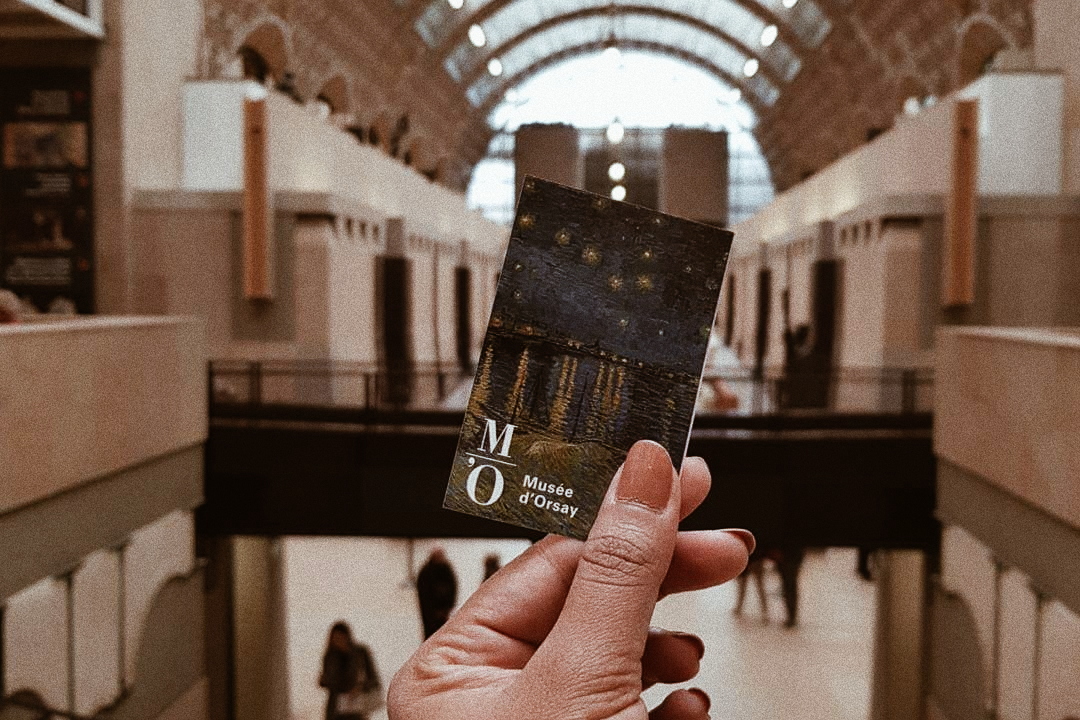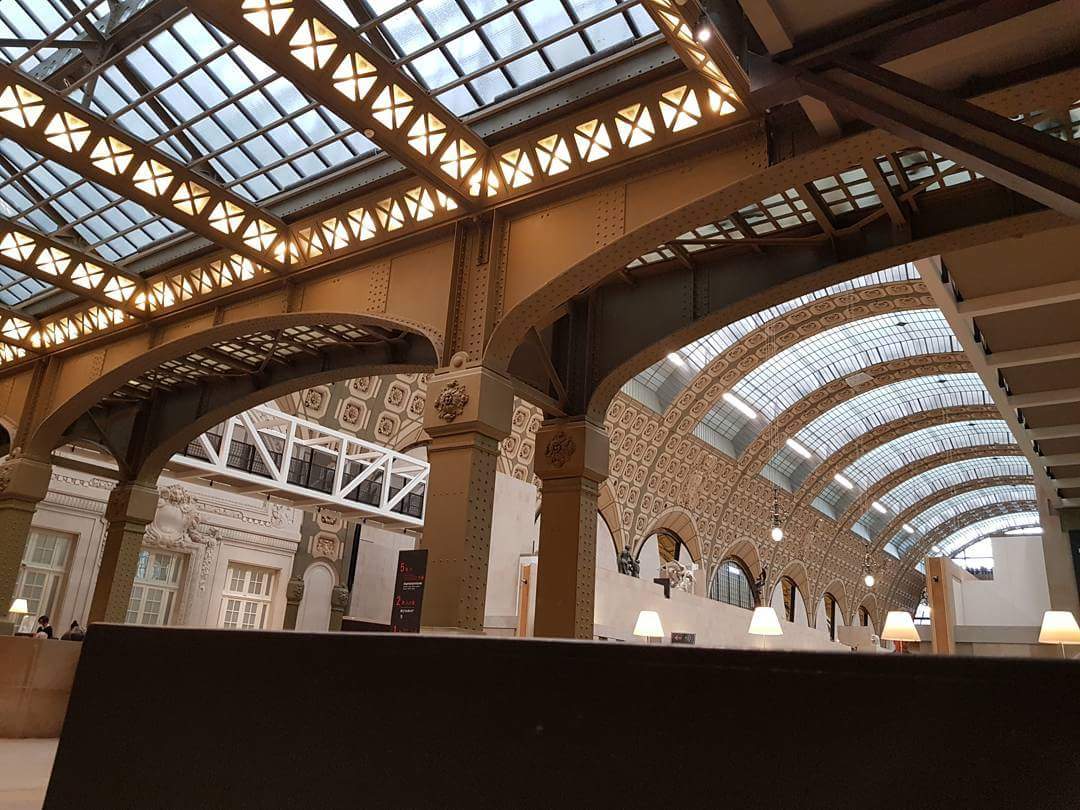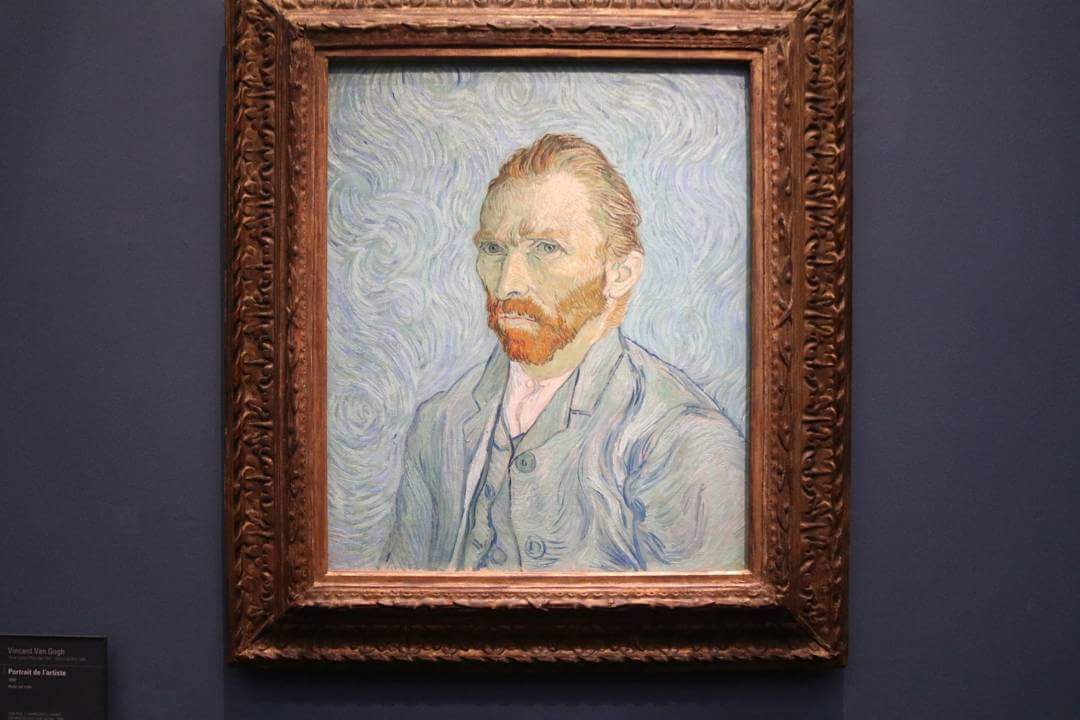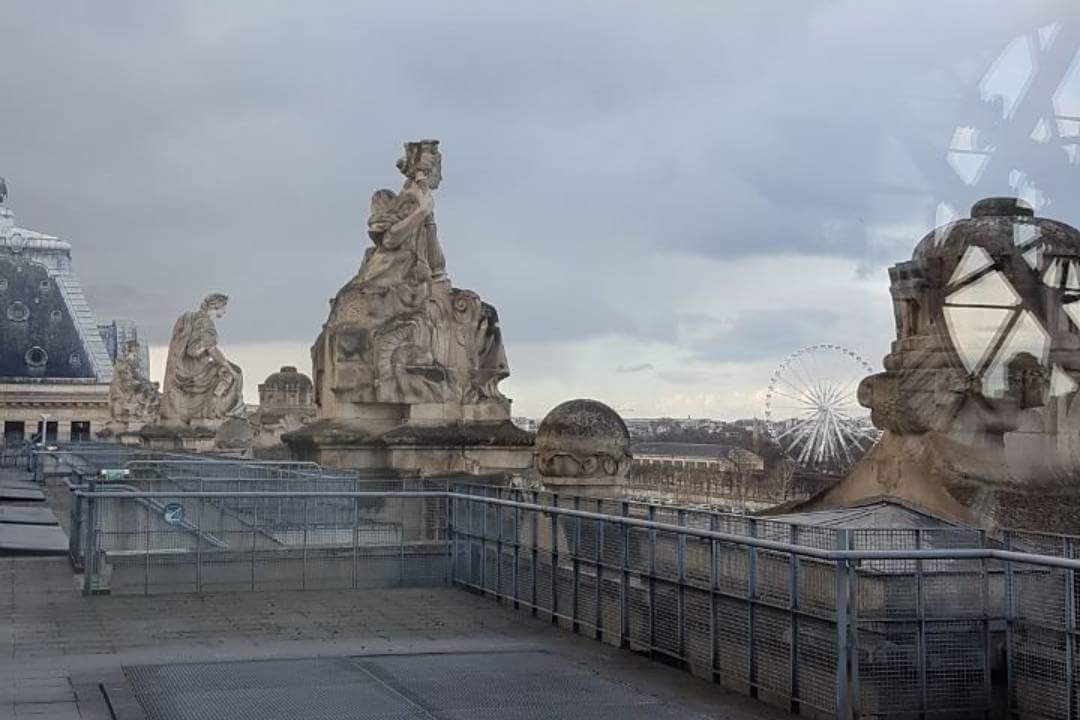The French city is one of the most popular destinations in the world, be it you are a couple, a family or someone who is interested in culture, Paris city definitely has something to offer. Paris also has some extraordinary variety of museums to offer, now possibly the famous museum in Paris is the Musée du Louvre (“the Louvre”) and thanks to the Mona Lisa. Da Vinci‘s world-famous portrait is admired by hundreds of thousands of tourists each year in this museum. But how many of you have heard of the Musee D’Orsay? An old railway station turned museum!
I wanted to see the unheard places and Musee d’Orsay was on our map that we took from the hotel that we lived in. We took the metro station (subway) during most of our stay in Paris and we travelled from places to places. It is much easier and more convenient to use the local subway than riding on a taxi, one gets to save more on transportation! So and if you guys plan on a trip to Paris city, use the subway! After a couple of walks and lunch at Cafe Pont Le Petit, we walked through the city and was on our way to Musee D’Orsay, the cold and chilly weather turned warm as soon as we walked into the Musee D’Orsay entrance, that’s duly because the heater was in use! (lol)
The History of Musee D’Orsay


A small-scale model of the Statue of Liberty by the French sculptor Auguste Bartholdi (1834-1904) has been placed right at the start of the visitor itinerary. There is no doubt that the presence of this world-famous icon at the entrance to the museum, the most important of all American symbols, will very soon become established as one of the most powerful images of the Musée d’Orsay, both as one of the most important artworks of the 19th century and for its universal significance.
This version, a little under three meters high, was commissioned by Bartholdi himself in 1889, and subsequently exhibited in 1900 at the Universal Exhibition in Paris. That same year, the sculptor expressed a hope that the State would buy it, along with several other models including the Lion of Belfort, for the Musée du Luxembourg (the museum of modern art of its time).

As there were no works by Bartholdi in Luxembourg at that time, he undertook to give them some in return for the cost of the casting alone. His proposal was accepted, although the museum was unable to find a place for them in their already very full rooms. The solution was found in 1905, after the death of Bartholdi. The sculptor’s widow suggested putting Liberty outside the museum in the gardens. It would stay there for 115 years, from 1906 to 2011, until the Senate, which owns the Luxembourg Gardens, generously agreed to return the work to the Musée d’Orsay. If you are in Paris, make sure to check out this outstanding place!





Thanks for sharing. I read many of your blog posts, cool, your blog is very good.